02Sep
1
Are brain tumours related to excess cell phone use?
This has been the subject of a great deal of debate in recent years. Cell…
more

Neurological pain is considered one of the most distressing and also one of the most challenging to treat and forms a major chunk of the patients seeking aid in the pain and palliative clinics.
There is a multitude of reasons for neurological pains of which 10 common causes are below.
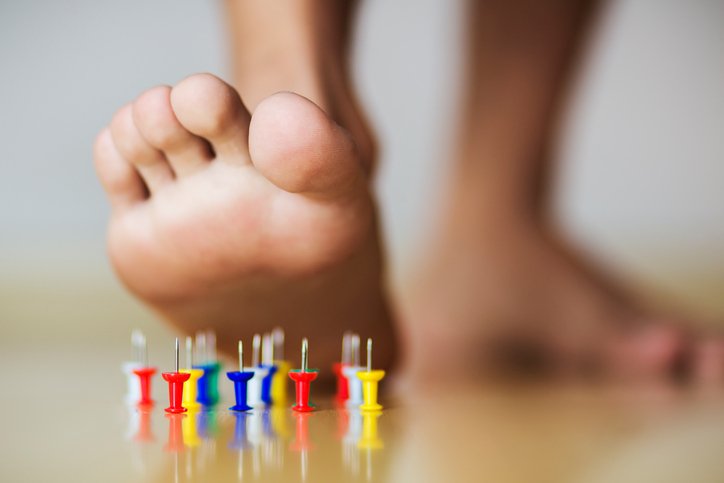
These are common types of neurological pain characterized by burning/ electrical sensation in the hands and feet and may be associated with sensory loss and paraesthesia. Feet more commonly affected than hands. Pain is symmetrical, slow onset, progressive and ascending type. There is no associated neck or back pain.
Common causes include uncontrolled diabetes, , HIV, certain medications, chemotherapy, B12 deficiency and idiopathic
Treat underlying cause. Antiseizure and anti-depressant medications can help
Shooting type of pain caused due to nerve root irritation. The pain radiates alone the path of the nerve. Its very common. The most common cause is a disc prolapse which irritates the nerve and produces symptoms. Irritation can be due to direct mechanical irritation or due to inflammatory reaction caused by the prolapsed material.( nucleus pulposus containing inflammatory factors as Sub P and NO2). Prolonged irritation and decreasing blood supply makes this nerves hypersensitive producing prolonged radicular pain.
Pain is typically burning, electric, sharp and lancinating. Pain aggaravates on leaning forward. The affected nerve can be identified by proper neurological examination. MRI can be used to identify the herniated disc.
Treatment includes epidural steroid injection, medications( anti seizure, anti-depressants, opioids), physical therapy, and surgery in refractory cases.
3.Carpel tunnel syndrome
Most common cause of pain in the hand. Caused due to compression of the median nerve under the transverse carpel ligament in the region of the wrist. Symptoms seen in the distribution of the median nerve ie the thumb,index, middle and half of ring finger is involved. Patient present as electric pinful sensation in the hand. Atrophy of hand muscles can occur in severe cases.
Treatment can be by wrist splint that keeps the wrist in a neutral position, medications (anti seizure, anti depressant), steroid –LA injection. Surgery in refractory cases.
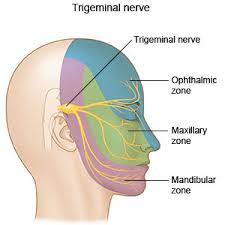 4.Trigeminal Neuralgia
4.Trigeminal Neuralgia
Most severe form of neurological pain. Sometimes so severe that it can lead to even suicide. Produces severe sharp electric pain involving only one side of the face. Pain is precipitated even by mild sensory stimuli like fast moving air. Cause is due to pathology in the trigeminal nerve supplying the face such as abnormal blood vessels compressing the nerve etc.
Presentation is typical hence diagnosis is clinical. Produces brief, episodic,stabbing shock like sensation. Unilateral in the distribution of the nerve never crossing midline.
Treatment include medicines like carbamazepine, pregabalin, baclofen opioids etc. Trigeminal nerve block in severe pain. Surgery can be tried to tackle any abnormal vessels…
5. Alcohol induced neuropathy-.
People who drink too much may start to feel pain and tingling in their limbs. This is known as alcoholic neuropathy. The peripheral nerves (transmit signals between the body, the spinal cord, and the brain.) have been damaged by too much alcohol use. Thiamine, folate, niacin, vitamins B6 and B12, and vitamin E are all needed for proper nerve function. Drinking too much can alter levels of these nutrients and alter nerve function. Other symptoms that can be associated with alcohol neuropathy include bowel and bladder problems, impotence and other sexual dysfunction..Fortunately, abstaining from alcohol can help restore your nutritional health. This may improve your symptoms and help prevent further nerve damage. However, some alcohol-induced nerve damage is permanent
The most important thing you can do to treat this condition is to stop drinking. Once alcohol use has been addressed, doctors can focus on the neuropathy itself. Symptom management is important.
Vitamin supplements can improve nerve health. Folate, thiamine, niacin, and vitamins B6, B12, and E are often recommended. Tricyclic antidepressants and anticonvulsant medication may both be used to reduce discomfort.
6. Post herpetic Neuralgia- Presents as burning pain across the chest or abdomen following an outbreak of herpes zostes. The Herpes zoster virus harbours in the dorsal root ganglion that is re activated causing burning pain, tingling or electric sensation and itching alone the nerve distribution usually thoracic dermatome. Sometimes vesicles may be seen.
Aggressive treatment during the acute outbreak can prevent the progression to PHN. Acyclovir can be helpful. Antiseizures and antidepressants also useful. Also epidural steroids and lignocaine patch can also be tried. Spinal cord stimulator can be tried in refractory cases.
7. 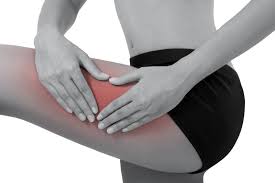 – Occurs due to irritation or compression of the nerve supplying the lateral aspect of the thigh ie the lateral femoral cutaneous nerve. Presents as burning, tingling or paraesthesia in the lateral aspect of thigh. No back ache or pain below knee. Causes can be pregnancy, abdominal tumors, ascitis, obesity or trauma. Diagnosed clinically but NCS can help.
– Occurs due to irritation or compression of the nerve supplying the lateral aspect of the thigh ie the lateral femoral cutaneous nerve. Presents as burning, tingling or paraesthesia in the lateral aspect of thigh. No back ache or pain below knee. Causes can be pregnancy, abdominal tumors, ascitis, obesity or trauma. Diagnosed clinically but NCS can help.
Treatment is conservative. Nerve block using steroids or local anesthetic can be useful. Physiotherapy Can also be tried. If occur during pregnancy it subsides after delivery.
8. Neurogenic Claudication- can occur secondary to spinal canal stenosis where the diameter of the spinal canal get reduced thus compressing the spinal cord and nerves. Spinal canal stenosis occurs secondary to age related degeneration where there can be thickening of the ligaments in the spinal canal or hypertrophy of the facet joints or central disc herniation. Neurogenic claudication presents as pain and paraesthesia in the back, buttocks and legs and is relieved by rest. Symptoms usually bilateral with greater degree of pain in the back than legs
Symptomatic treatment can be tried but severe compression may require surgery.
9. Radiation induced neuropathic pain- Radiation used to treat cancer can cause neuropathic pain.. Mechanism for radiation induced neuropathy can be localized ischemia and subsequent fibrosis due to microvascular insufficiency. Symptoms present 1-30 years following radiation therapy. Usually the brachial or lumbosacral plexus is involved . symptoms start distally and progress. Diagnosis is by MRI and EMG.
10. Phantom limb- After amputation patient may experience phantom sensation and phantom limb pain ie painful sensation in the absent limb.it is present in about 90% of patients in first month after amputation and gradually decreases with time. They complaints as burning or crushing sensation in the absent limb. Mirror box manipulation is a novel approach to treat phantom limb.
Anticonvulsants and antidepressants can be helpful. TENS (transcutaneous electric nerve stimulation) placed at the stump of the missing nerve can be helpful. Other methods are spinal cord stimulation and sympathetic nerve blocks. A multimodal approach to patients pain including psychological care is strongly recommended




This has been the subject of a great deal of debate in recent years. Cell…
more
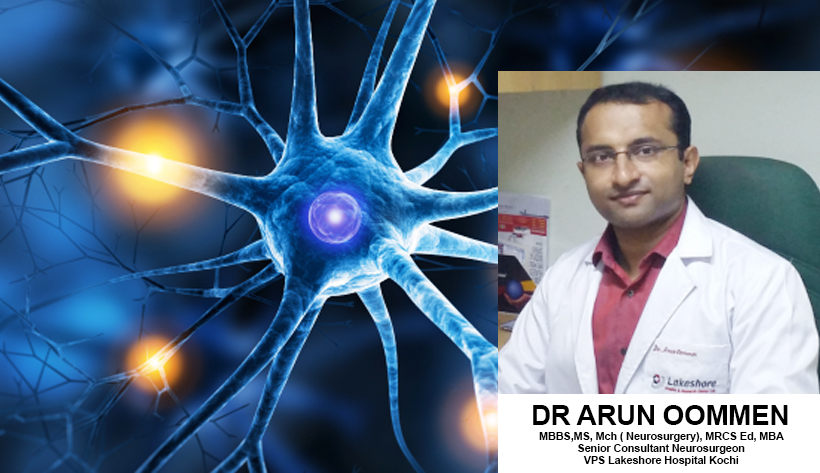
Neurological pain is considered one of the most distressing and also one of the most…
more

What is Hydrocephalus?Hydrocephalus is commonly referred to as “water on the brain.” The so-called “water”…
more
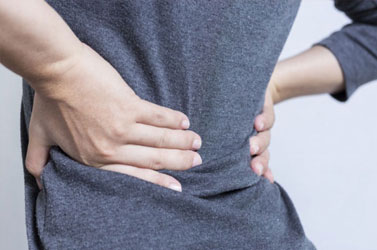
A spinal tumour is a cancerous (malignant) or non-cancerous (benign) growth that develops within or…
more

Fibromyalgia is a common and disturbing ailment characterised by chronic widespread pain and a heightened…
more

This has been the subject a great deal of debate in recent years. Cellphones give…
more

Sleep is essential as much as you need to breathe and eat. While you’re sleeping,…
more